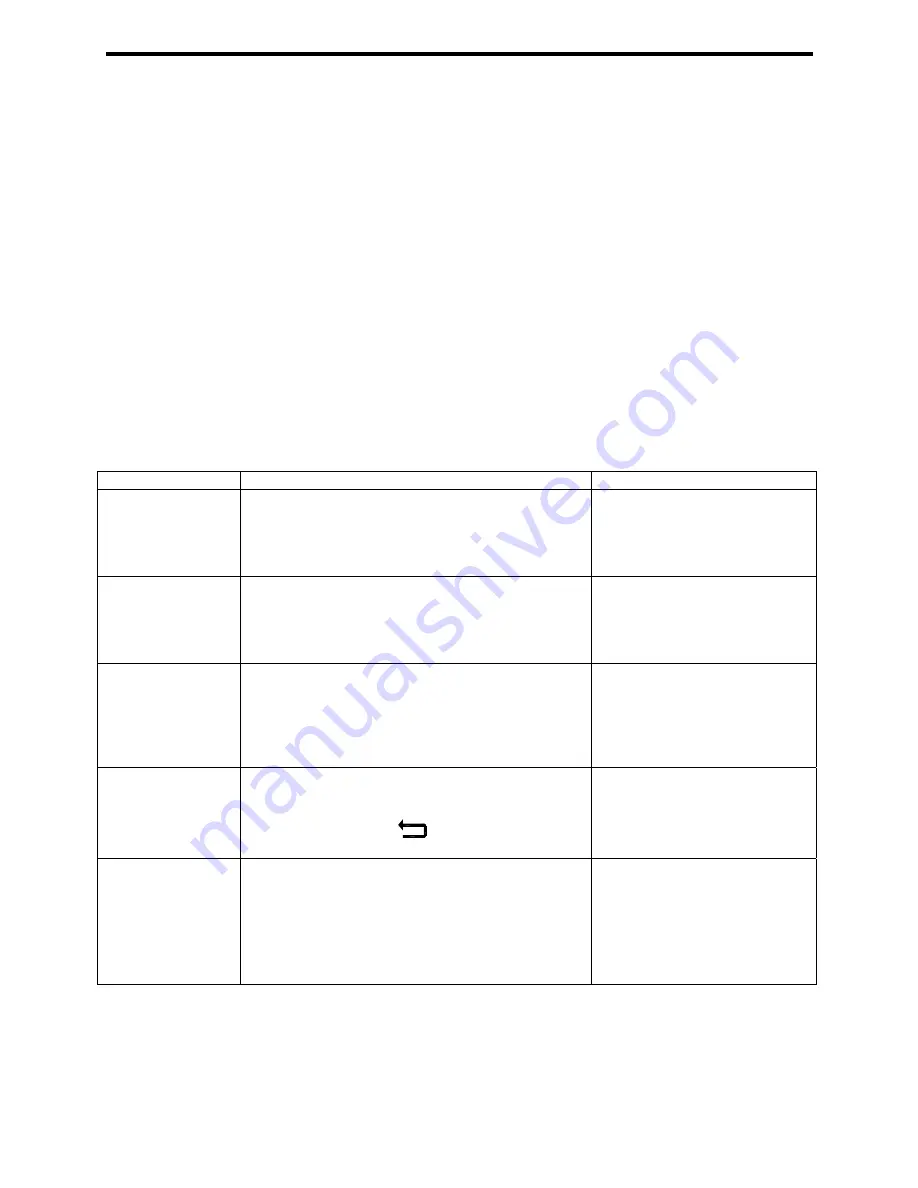
30
3.4 Calibration
Two-point manual residual calibration is required for the Cl1000B to achieve the accuracy
indicated in the product specification. For the low calibration, a non-chlorinated sample water
(taken from the process just upstream of chorine addition) may be used for the low/zero
calibration to compensate for the composition of the background water. Alternately, a ‘low-level’
chlorinated sample could be used. For the high calibration, a chlorinated sample, taken from the
sample water, should be used.
The analyser requires a stabilisation time of up to 24 hours (
±
10% will normally be achieved within
an hour). For the best results, the analyser should be run continuously, without interruption of
power. Turning off the cell, even momentarily, will require the appropriate stabilisation time upon
restart. During operation, sample must be feeding into the cell.
NOTE:
Cross-checking of the calibration should be performed with an amperometric titrator, (if the
residual of a water sample has a high salt or turbidity content.) or the DPD colorimetric method.
Calibration of the Cl1000B Residual Analyser is done with the four-button keypad and display. To
move from screen to screen, follow the instructions on the display. From anywhere in the
software, the far right key will always return the monitor to the previous screen. At factory default,
the software is programmed to automatically return to the main screen after 60 minutes without
user interface.
Screen Name
Screen Function
Notes
Calibrate
Provides high and low residual calibration options
and pH calibration options (pH not used on
Cl1000B)
1. A high and low residual
calibration are required for the
Cl1000B.
2. High and low calibration
values should be verified.
High Calibration
Data
This screen provides data on the last high
calibration performed on the instrument, including
the last calibration value, date, slope, offset, and
current residual value. The user presses
[
Start
]
key to proceed with high calibration or span
The high calibration number
should always be higher than
the low calibration number.
High Calibration
Ready
This screen provides the current residual value.
When ready to proceed, the user presses the
[
Ready
]
key to freeze the residual measurement.
The user then takes a sample from the analyser
inlet and independently measures the sample to
determine the actual residual of the sample water.
Enter High
Calibration Value
From this screen, the user inputs the actual
residual value from the independent verification.
Once the correct residual value has been entered,
the user presses the
[
]
key to store the
new value
Low Calibration
Data
This screen provides data on the last low
calibration performed on the instrument, including
the last calibration value, date, slope, offset, and
current residual value. The user presses
[
Start
]
key to proceed with low calibration or span






























